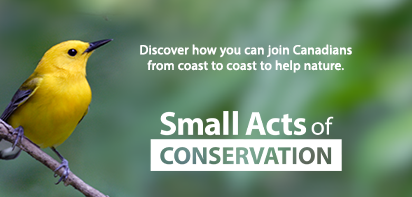Carey Island

Carey Island is located within the lower Fraser River. Photo by Fernando Lessa
Flowing through British Columbia, the long and winding Fraser River is a symbol of diverse life. It is the province’s most productive river system, supporting a multitude of swimming, wading and flying creatures, including every species of Pacific salmon.
The gravelly reach between Mission and Hope, in the Lower Mainland, is particularly important for aquatic species. This 80-kilometre stretch of river, known as the Heart of the Fraser, collects sand, silt and gravel that are swept downstream to create exceptional spawning grounds. It also has the greatest network of channels and islands of any river in the Pacific Northwest.
The Carey Island Conservation Area sits amid this network of islands and channels northwest of Chilliwack. This 248-hectare island is one of the few areas that has retained its natural, undeveloped shorelines, allowing its side channels and gravel bars to fill with water during the spring snowmelt.
Chinook, pink and sockeye salmon have all been documented in the waterways around and through Carey Island. Adults make use of the exceptional spawning ground in the gravelly riverbed in this part of the Fraser River, and juvenile fish seek refuge from the roaring mainstem of the river in these calmer, seasonally flooded portions of Carey Island. These gravel beds are also some of the most important spawning habitat for threatened white sturgeon.

White sturgeon swimming in the Fraser River. (Photo by Fernando Lessa)
Bull trout, great blue heron, threatened western painted turtle and northern red-legged frog are also among the species found in this area.
The Pelólxw Tribe, which includes the Cheam, Skwá and Kwaw-kwaw-a-pilt First Nations, is actively working to restore the resilience of aquatic habitat within this stretch of the Lower Fraser. NCC is exploring opportunities to collaborate with the Pelólxw Tribe in support of their vision for stewardship of the area, which prioritizes both ecological and cultural values.
Threats
As the most populous region in BC, the Lower Mainland is under immense pressure from development. More than 90 per cent of the Fraser River’s shoreline between Hope and the Salish Sea has been altered through diking, ditching and other modifications. This has left very little natural and undisturbed habitat for fish and other aquatic species that rely on the river for at least some of their life cycle. As a result, this has altered the landscape throughout the region, preventing the river from expanding into its natural floodplain, reducing aquatic habitat and affecting the resilience of the river’s ecosystems.
Carey Island itself has had a recent history of small-scale farming, though pockets of mature cedar and Douglas-fir remain. Conserving this island will prevent further land conversion and ensure that the shorelines remain intact for the many species that rely on these habitats.
Partners in conservation
NCC recognizes the generous contributions from our conservation partners that made this project possible, including:
- Environment and Climate Change Canada, through the Canada Nature Fund
- The Fish and Wildlife Compensation Program
- Sitka Foundation
- Aqueduct Foundation
- Collings Stevens Family Foundation
- Rudy North
- Numerous other individual and anonymous donors




